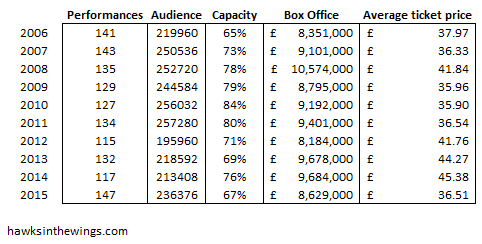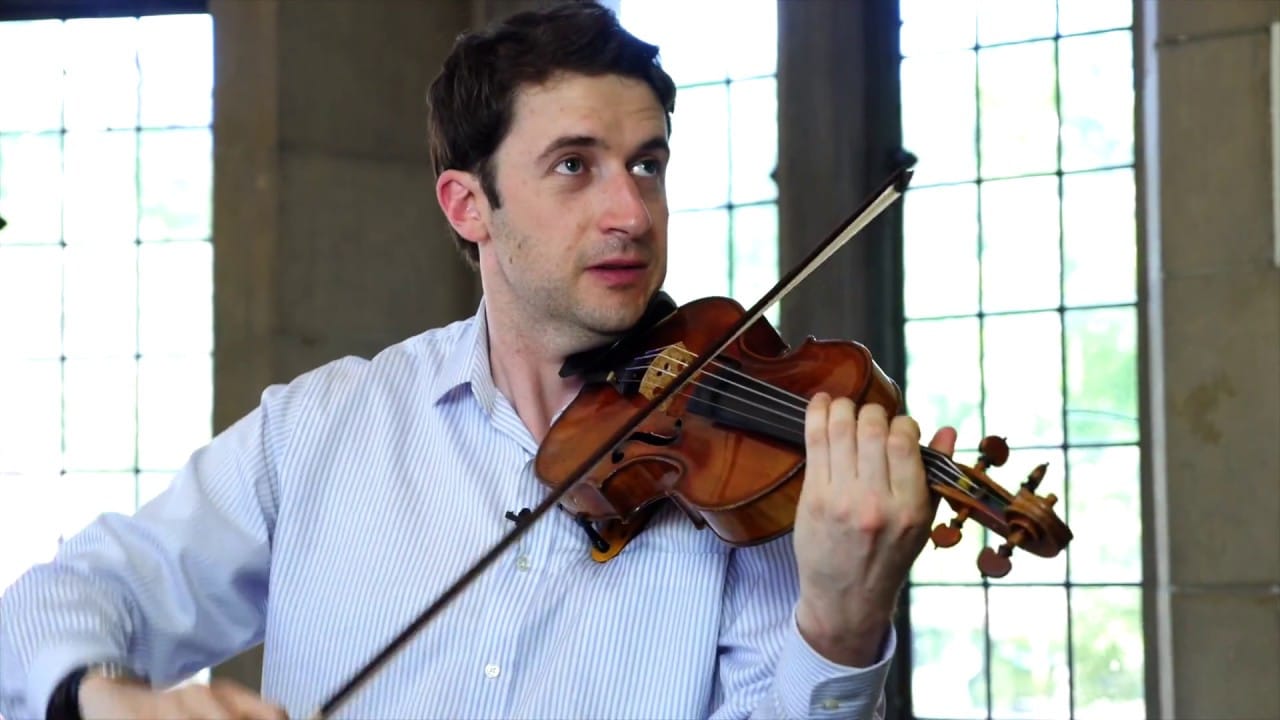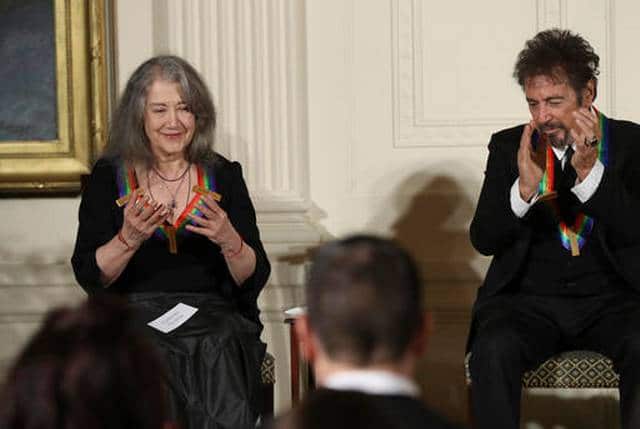New chart: All you need to know about ENO
mainThe theatre monitoring site hawskinthewings.com has correlated the vital statistics of English National Opera over the past decade in an attempts to find the roots of its crisis.

What the main chart shows is that 2010 and 2011, the years of greatest artistic adventure, were when the company topped 80 percent at the box-office. Seeing more people coming in through the doors, the board increased ticket prices by an average 14 percent. So people stopped coming.
Not rocket science, is it?
Oh, and the man who helped push through the price rises was vice-chair Peter Bazalgette, now chair of the Arts Council which is trying to shut ENO down.
See full report and charts here.






Comments